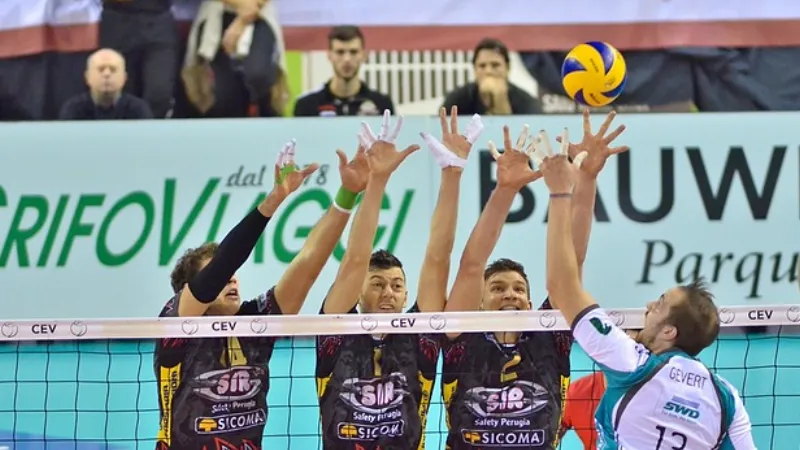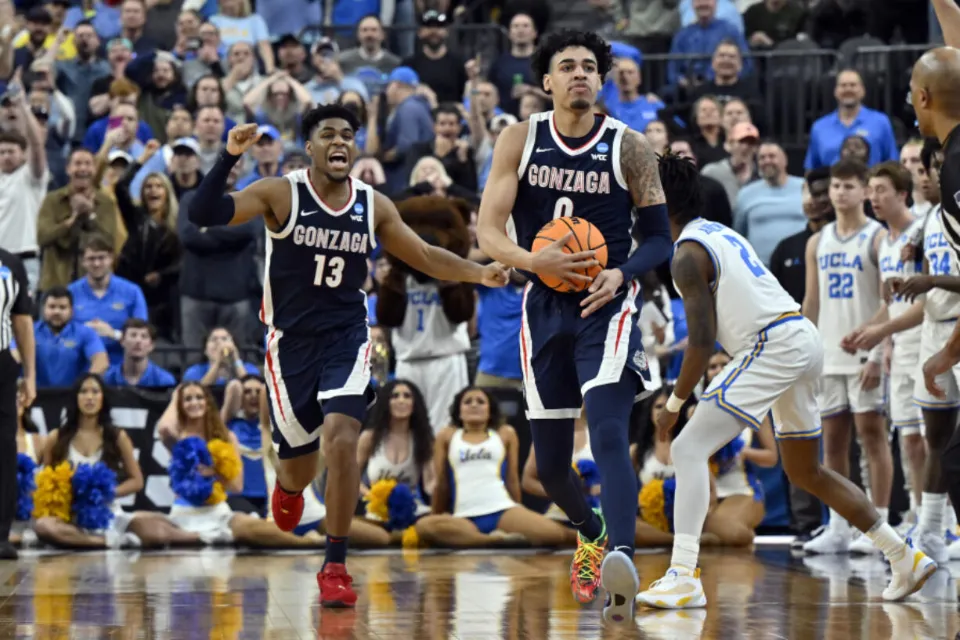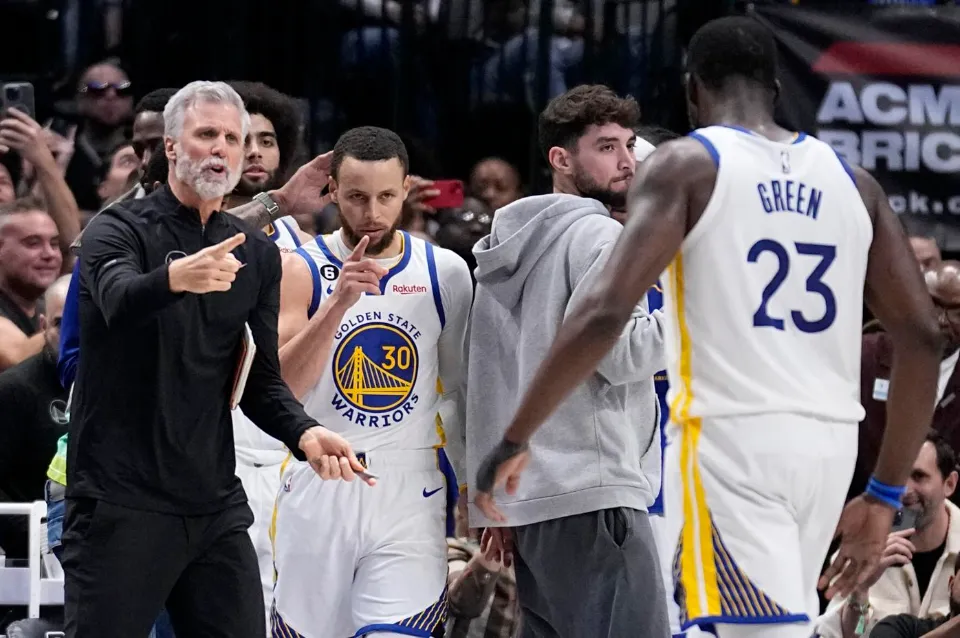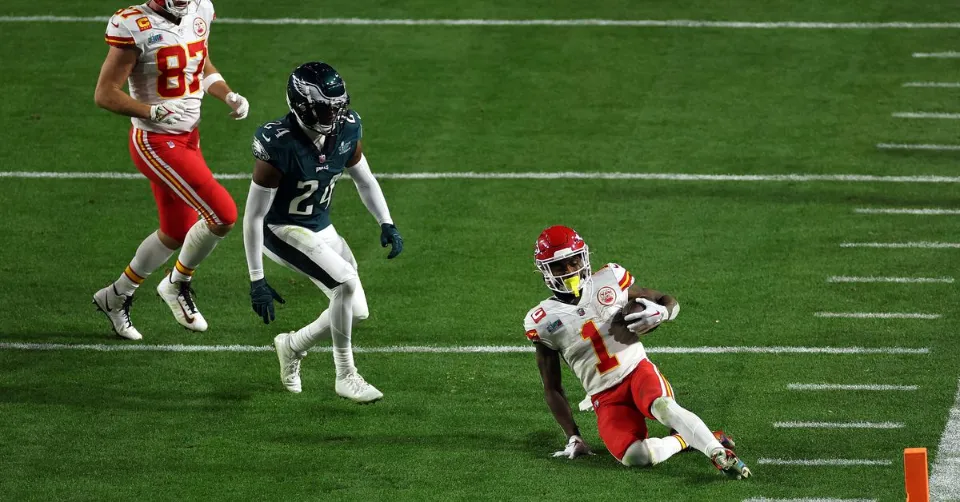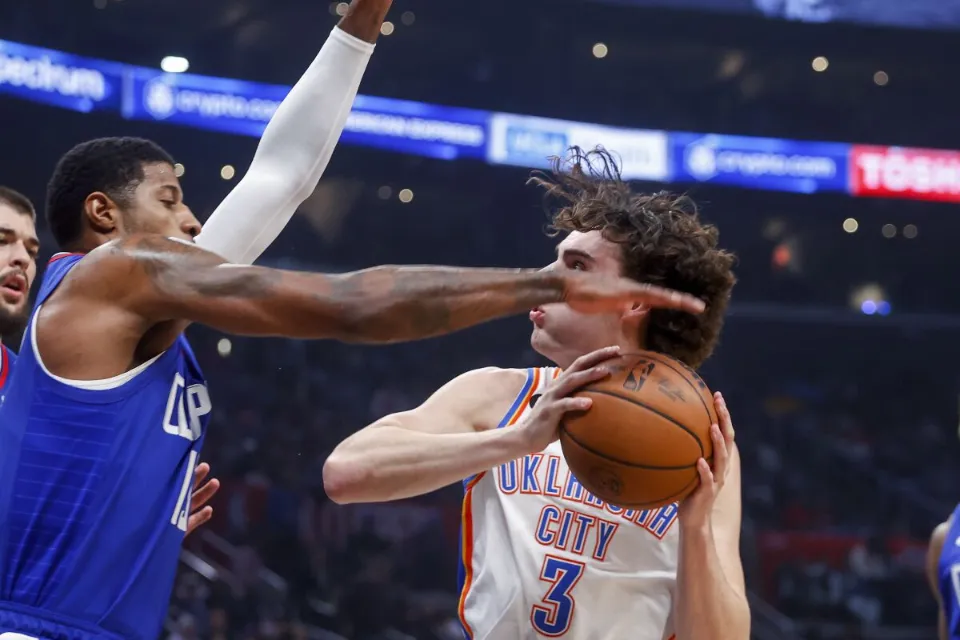Volleyball’s Setter Position: All You Want to Know
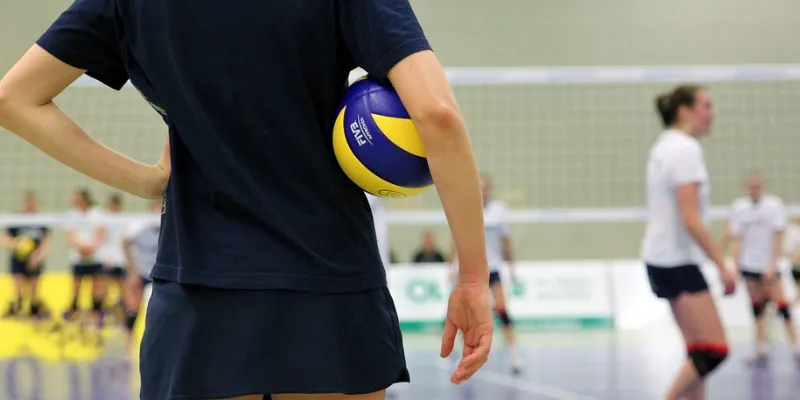
A volleyball team’s offensive coordinator is the setter. They choose crucial plays that will give their team the best chance of scoring. So, let’s talk about Volleyball’s Setter Position.
The volleyball setter must occupy each of the six rotational positions during the game, just like every other player, in accordance with the rotation order.
This article will cover the various roles and responsibilities of the setter in addition to other crucial details about the position.
Table of Contents
What is a Setter?
It is the setter who directs the offense for the group. After the opposing team serves, they are in charge of obtaining the second ball so they can set it up for a hitter. In addition, they choose which hitter will receive the ball and which plays to run. For the setter position, it’s essential to have both good communication and decision-making skills.
The setter, who sits in the front row on the right, assists in blocking the opposing team’s outside hitter. The setter in the back row plays right back, digs when necessary, and moves quickly to the net to set a hitter. Given that they are the one who must reach the second ball, the setter must move swiftly around the court.
While the players are on the court, the setter serves as the coach and players’ primary point of contact. For instance, the coach might use hand gestures to instruct the setter where to serve the ball. The player serving will then receive that information from the setter.
The players become reliant on the setter’s communication with the coach. By doing this, fewer athletes will be looking away from the court and toward the coach.
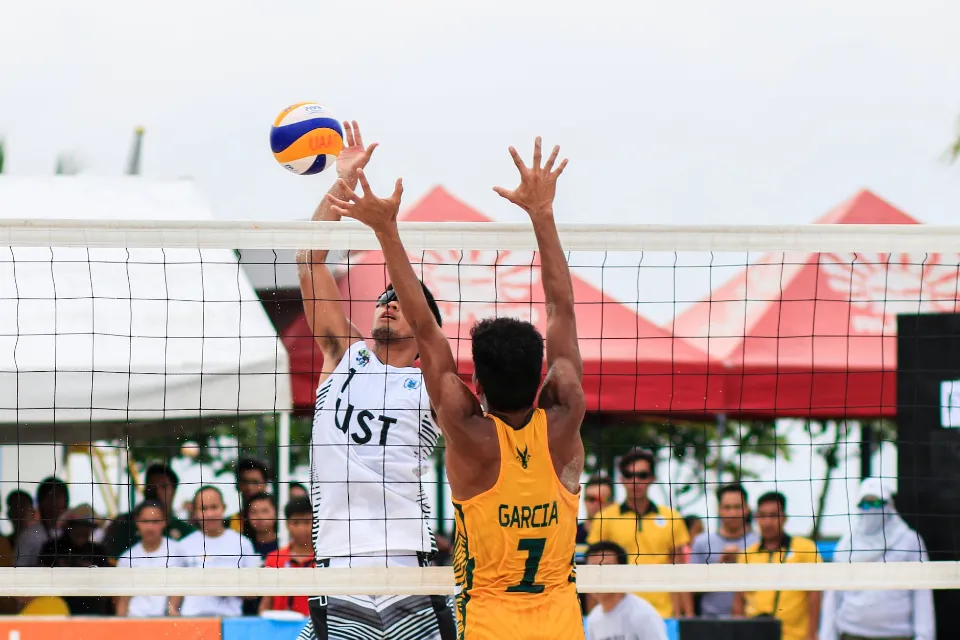
Starting Position
The setter blocks on the right side in the front row. They are in charge of defending against the outside or left hitter of the opposing team. The setter, who plays right back in the back row, is in charge of digging if necessary and rushing up to the net to set if they are unable to make the dig.
Play Development
The setter in the front row must assist in identifying the opposing side’s hitters. Once the ball is served, they must keep track of the batters to ensure that they are aware of who is coming their way so they can block them. They must be ready to play the ball up if their setter decides to dump because he or she might be the closest player. If their right side hitter heads to the middle for an “X” play, the setter needs to get to the middle to help out on the block. If the middle hitter goes for a “three” set, they need to be prepared to help out blocking there as well. In order to prevent the middle blocker from closing in on them, they must set the block early if they set high outside.
The setter plays right back in the last row. In addition to digging their outside hitter’s line shot, they are also in charge of digging their opposite or right side hitter’s cross-court shot. They should be prepared to dig and not move from their position in order to reach the net-setting area. It is impossible to make a set if there is no dig. When they notice the ball is not being hit in their direction, they must move quickly to the net, evaluate their options, and decide where the ball should go next.
Before the Serve
To ensure that no players are overlapping in serve receive, the setter must keep track of their position on the court in relation to the other players. The setter may begin at the net or behind a passer because they are never a part of the passing on serve receive. They can move to their position at the net and get ready to set the pass once the ball crosses the goal line.
Play Development
The team’s play is decided by the setter. When the ball is passed, they are prepared to deliver it because they have informed their hitters about the play. They can choose from a variety of hitters if the pass is good. To decide who will receive the ball or whether to dump the ball over the net to their opponent’s side, they should observe the blockers and defense of the opposing team and combine that information with what they know about their hitters. If the pass is poor, the setter should sprint to the ball and try to improve it by positioning it for one of their front- or back-row hitters to attack. They must shout to a teammate to alert them that they need to make the second contact if they are unable to reach the ball.
What Does a Setter Do in Volleyball?
The team’s bond is kept together by the setter.
They are the designated player in charge of “setting” every other ball to a spiker after it has been passed or dug.
Their base of operations is on the court’s right side. They will defend from position 1 in the back court, and they will block from position 2 in the front court.
The base position for the setter is between positions 2 and 3; this is where they will look to set balls from on the court.
Setters Don’t Usually Pass
The setter typically does not participate in serve reception because we want them to set the second ball, which they cannot do after touching the first ball.
Serve receive formations are made to let the setter “push up” and start as close to their base position as possible because we need our setter to be in position to set at the beginning of every point.
Setters Are Responsible for Every Second Ball
The first duty of the setter is to reach the second ball and create the best possible set for the spiker to kill the ball.
This is crucial because it enables the spikers to concentrate on switching to offense, giving us the most offensive options possible.
Does the Setter Always Get the Second Ball?
Sometimes the pass will be shanked so far away from the setter that they must call for assistance because things don’t always go as expected.
Rarely, the setter will accidentally pass the ball; in that case, they won’t receive the second ball!
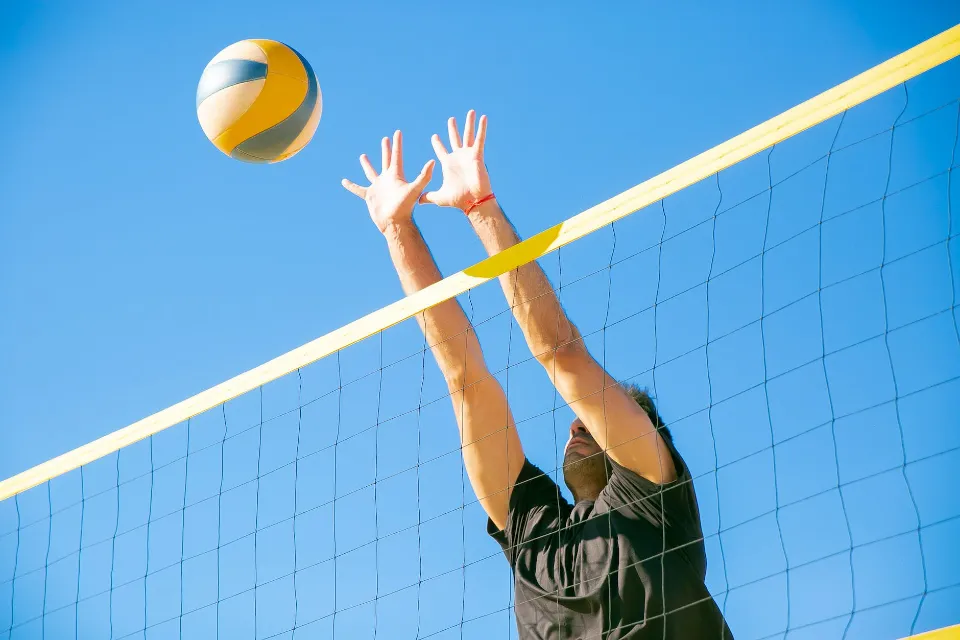
Setters Also Have to Serve & Defend
In the same way as everyone else, setters must also serve the ball.
They must then be able to play defense before returning to ball setting.
When they are in position 1, novice setters frequently “forget” to defend because they are too busy making sure they get to the second ball.
There won’t be a second ball to set if they don’t make the dig, though, if they’re playing defense in the back/right corner of the court.
Setters Also Have to Block!
It’s not unusual to see setters blocking, depending on the rotation your team uses.
Height and jumping ability can be very helpful to a setter who frequently finds themselves rotating through the front court because they will typically be matched up against the opposing team’s outside hitter.
Volleyball Setter FAQ
Does the Setter Serve in Volleyball?
Of course, in volleyball the setter must also serve. In volleyball, serving is necessary for every position with the exception of the libero occasionally.
Can Setters Spike the Ball?
However, only if they are in the front court, can setters spike the volleyball. They are not permitted to “attack” the ball if they are in the back court.
Some setters, especially left-handed setters, are frequently observed spiking the second ball when the situation demands it.
Can Setters Receive a Serve?
A serve can come from any player on the volleyball court, including the setter.
Given that they are frequently pushed all the way up to the front of the net during serve reception, setters rarely receive serves.
But occasionally, the setter will be directly in front of the ball as it dribbles over the net, forcing them to pass the ball.
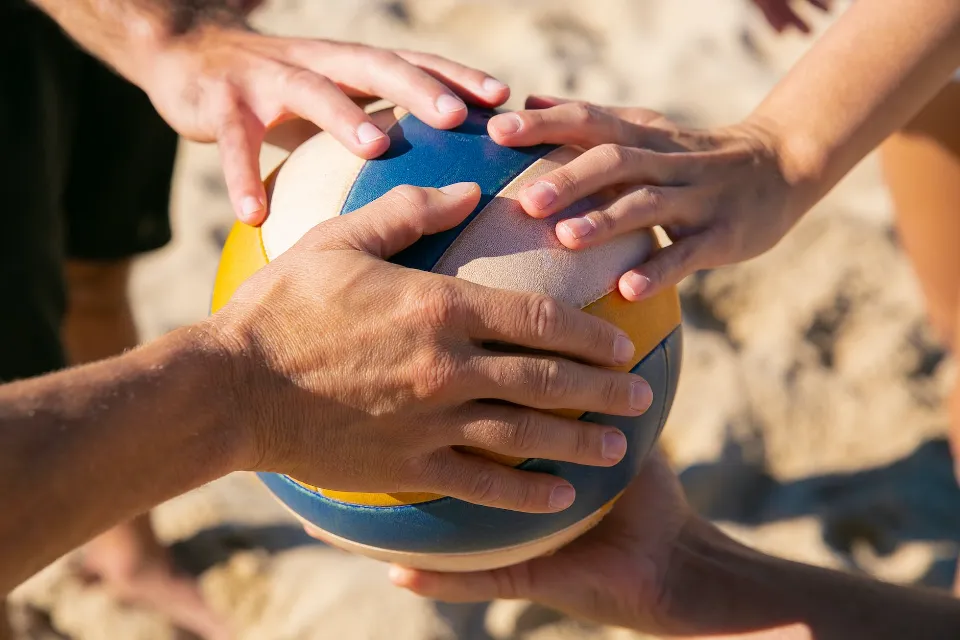
Does the Setter Rotate in Volleyball?
Yes, in volleyball every position rotates, including the setter.
Although they rotate, serve reception configurations are set up so that the setter is closest to their “base position” during every rotation, giving the impression that they don’t move around the court very much.
Where Does the Setter Stand?
The setter’s base position is in the front of the court between positions 2 and 3.
They can set up all positions on the court here most effectively.
They defend from position 1, while blocking from position 2 in the back court.
Conclusion
Since they are the team’s captain in volleyball, the setter is responsible for many tasks. They are constantly calling plays, making sure players are in position, and communicating with their coach and teammates. The team will perform well in a game if they have an effective setter on the field.
Practice setting as much as you can if you’re trying to become a setter. Additionally, it is a smart idea to practice some of the above-mentioned drills while watching other setters perform the position.
Read about

